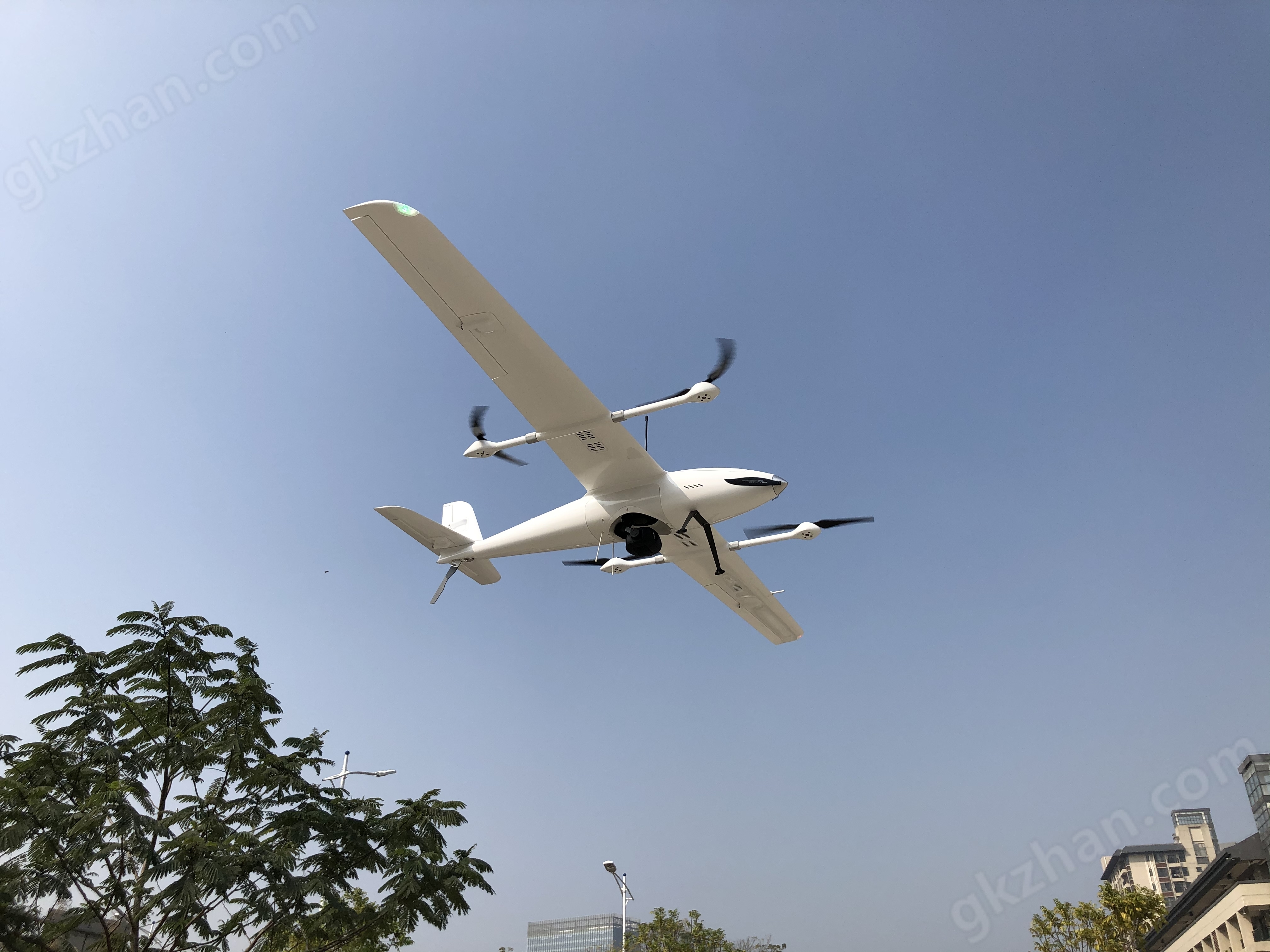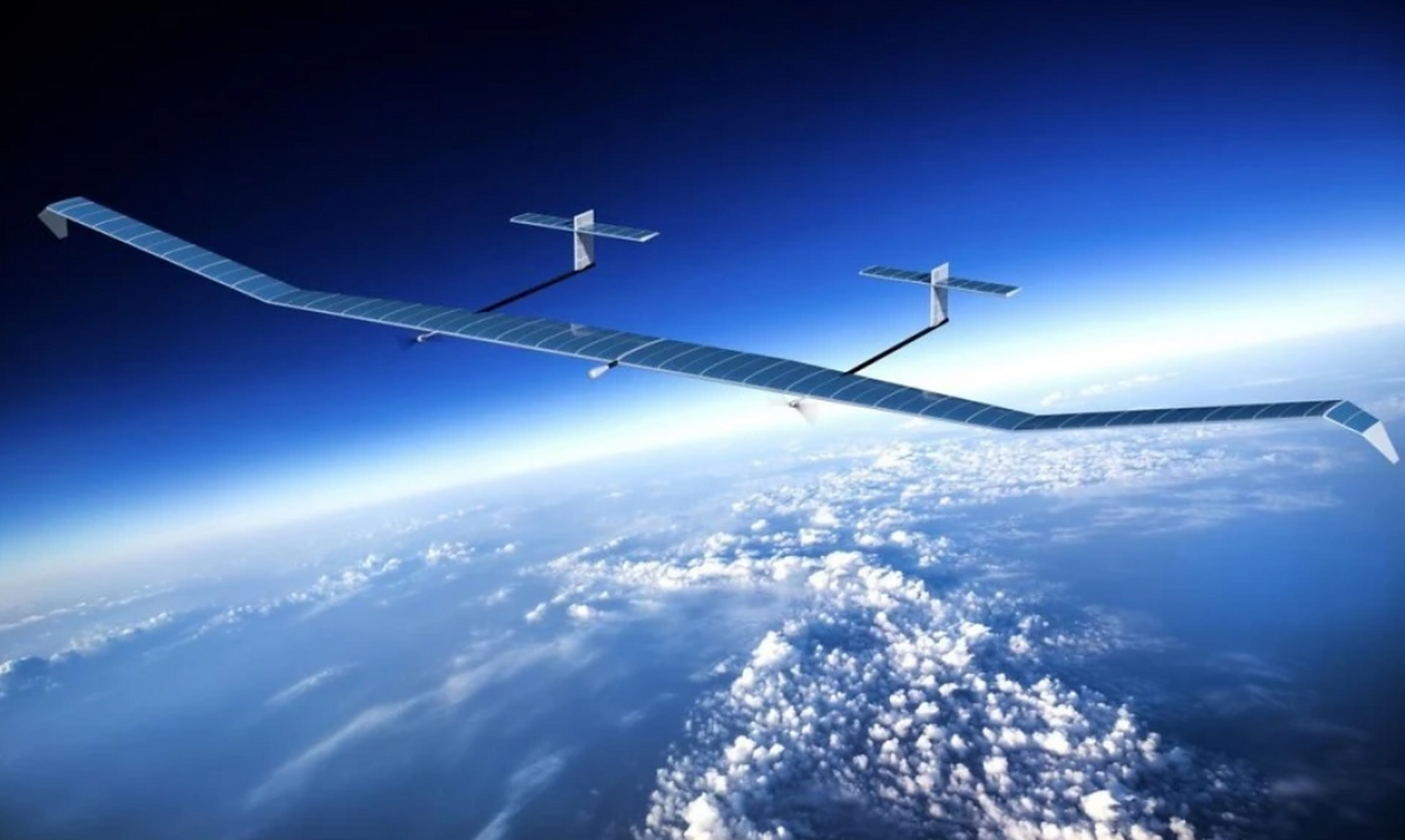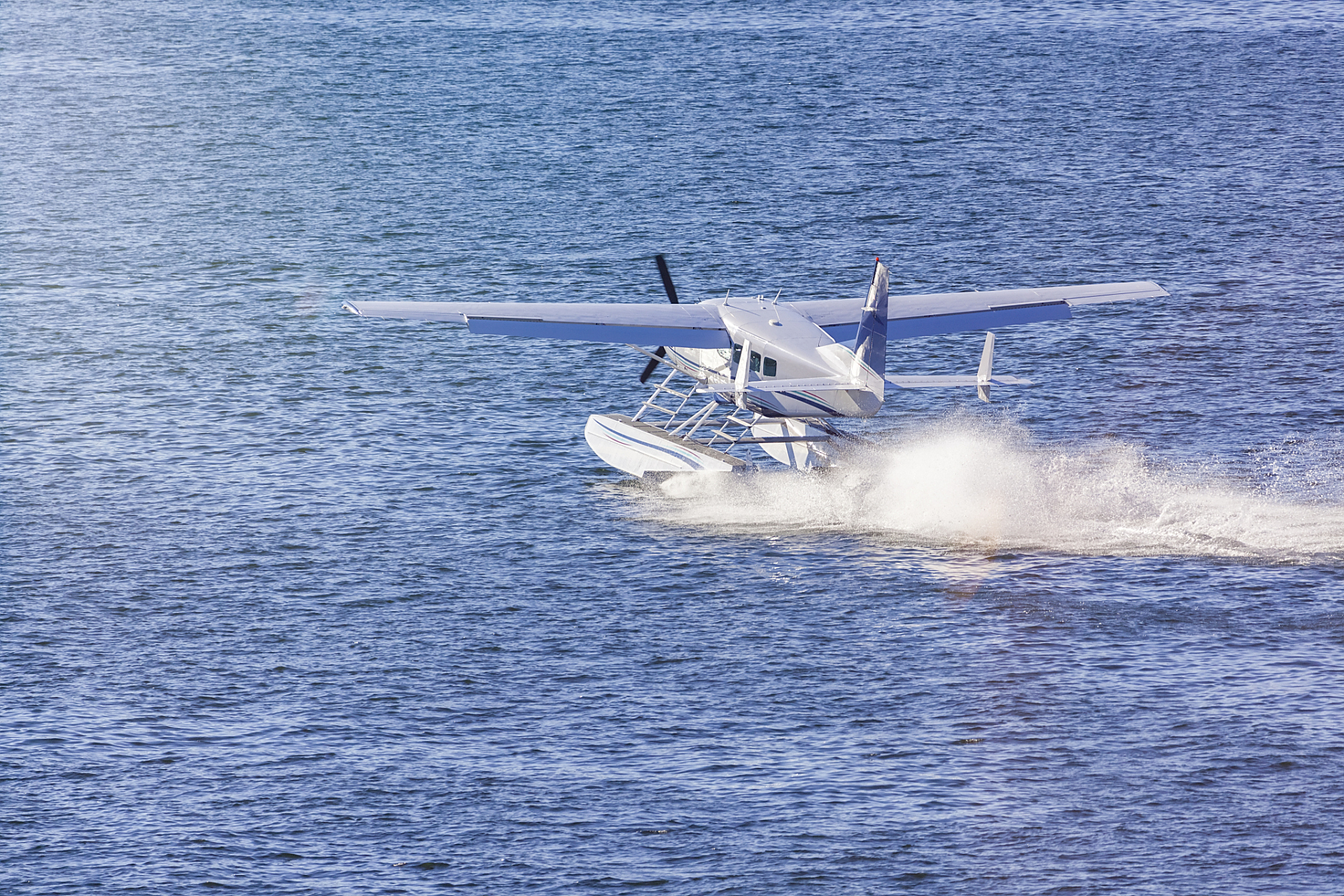Imperial College London has developed wireless power supply technology for unmanned aerial vehicles, with guaranteed endurance

Most multi axis drones based on onboard batteries have a range of less than 30 minutes after a single charge, which greatly limits their ability to perform missions. Although we can transmit energy to drones through cables, the limitations are still significant - this only applies to small-scale applications such as suspended observation.
To solve this problem, scientists from Imperial College London have recently developed a new type of drone that can be charged without batteries or power cables - it can wirelessly take in electricity during flight.
This study is based on an existing mini quadcopter. Scientists first removed the battery from the drone and then wrapped copper coils around the exterior of the body. In addition, researchers have also developed an independent wireless power transmission platform using circuit boards, power supplies, and copper coils. When the drone approaches this platform, the copper coil on board will serve as the receiving antenna for the magnetic field, generating alternating current. Then, the correction electronics on the drone will convert the rectification into direct current, thereby supplying power to the drone. This technology is called "Inductive Coupling" and was developed as early as Nicola Tesla (a Serbian American scientist born in 1856 and died in 1943).
Six months ago, a German company called SkySense also used a metal charging plate with a honeycomb structure (providing positive and negative electrodes) instead of a tanker, and then provided 100-240V power input and 10A charging rate to the drone through an external power source. Of course, strictly speaking, this is not true 'wireless charging'.
In contrast, the research and development achievements of Imperial College London are truly substantial and genuine! Related researchers have stated that this is their first time providing wireless energy for unmanned aerial vehicles in flight. Although the current applicable distance is only 3.9 inches (about 10 centimeters), with technological breakthroughs, this applicable distance is expected to continue to increase.
In addition, besides continuously charging the drones in flight, this technology can also be used to charge the onboard batteries, so that drones do not need to land for charging or battery replacement, which means their flight time can be extended for a long time.
Of course, drones can still be "wired" and become flight launchers - their batteries will emit electricity to other receiving devices (such as environmental or structural pressure sensors), and can even power other drones that need to be charged during flight. At present, the University of Nebraska Lincoln has used quadcopters as wireless flight chargers.





